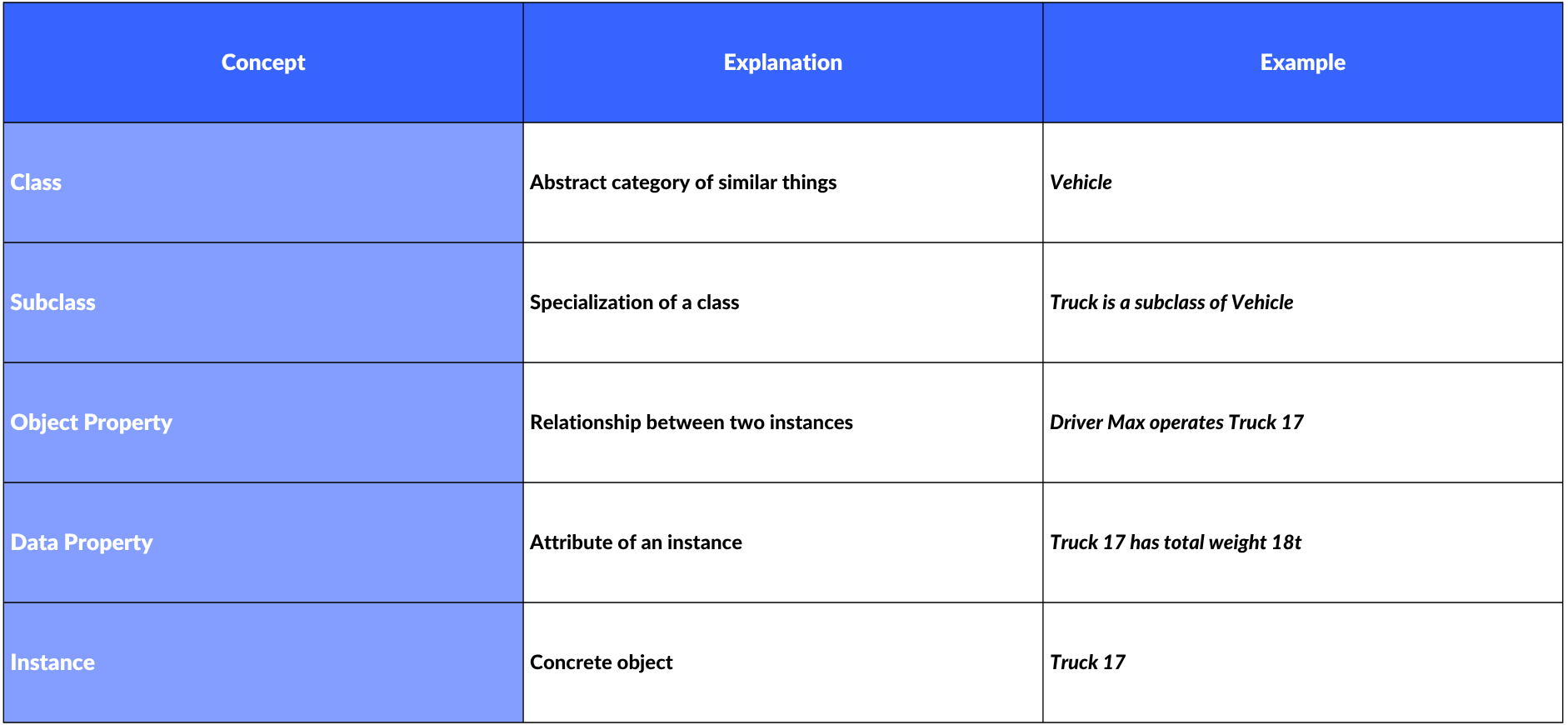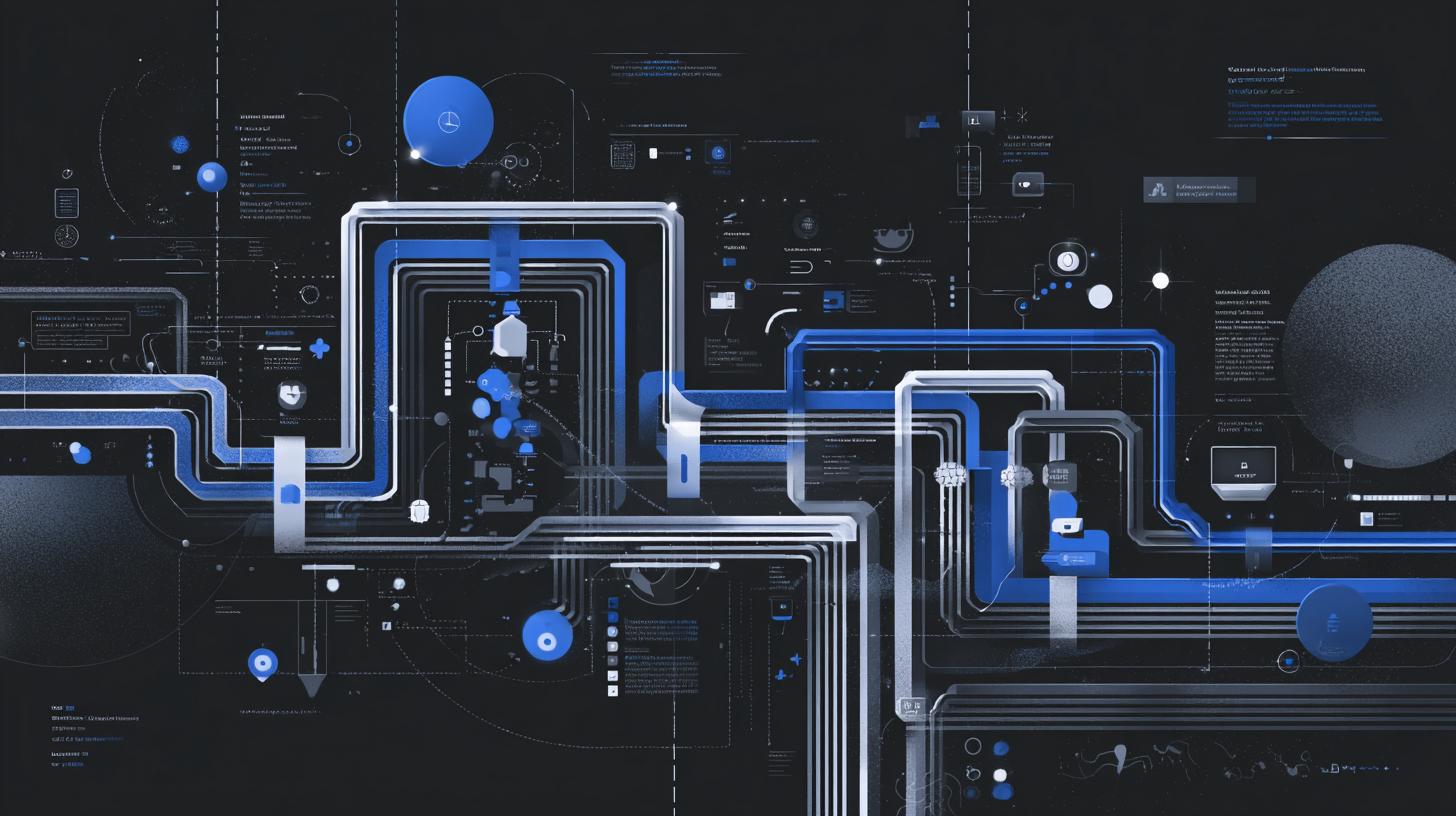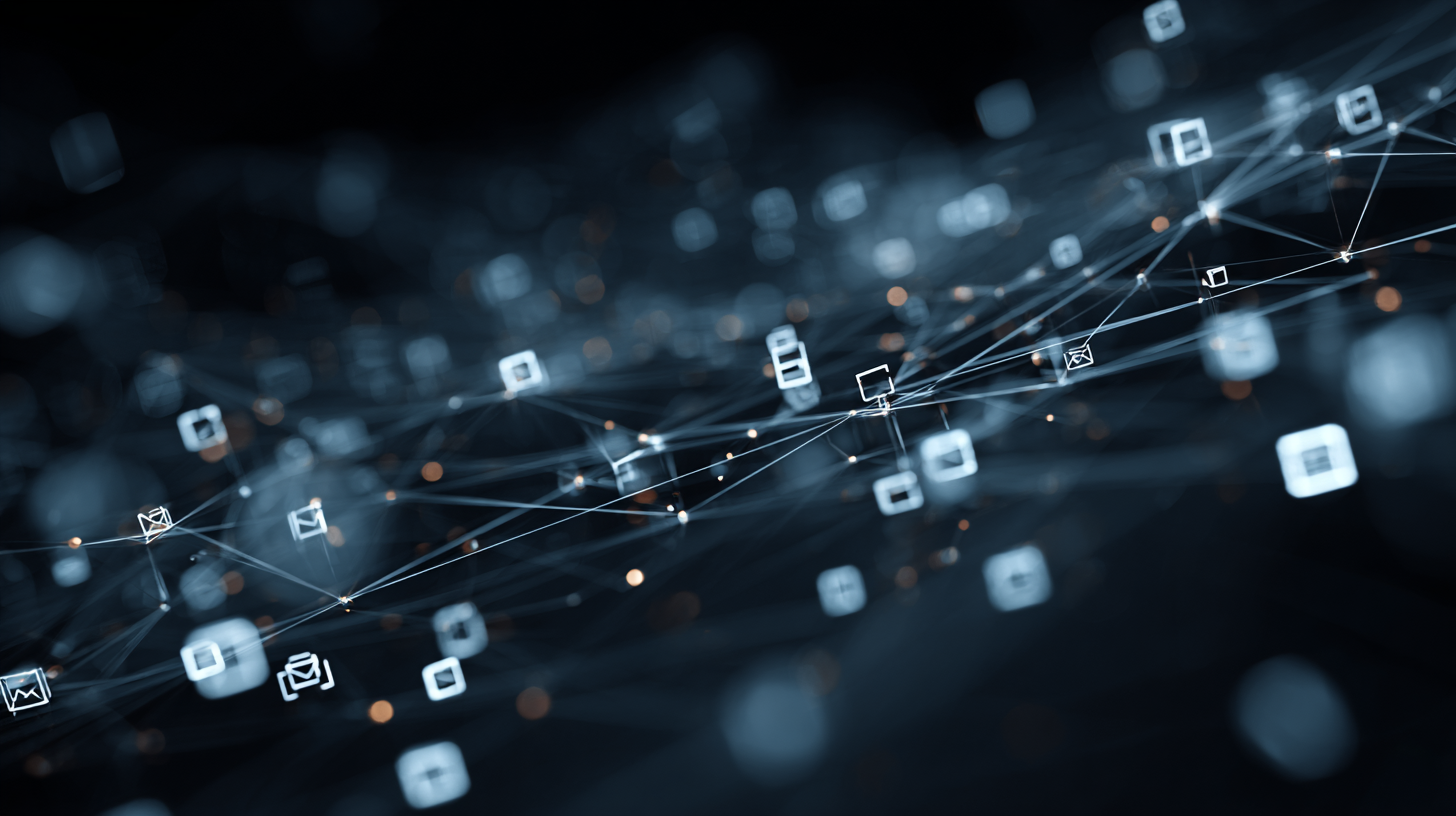Even the most advancedKnowledge Graph remains fragile if the concepts within it are vague. That is where ontologies come in. Ontologies give data meaning.They define what a customer, a part, or a shipment actually is, and how everything connects. Without this semantic backbone, data integration projects stumble, analytics fail, and AI delivers inconsistent results.
This article explains why ontologies are indispensable, how classes and relationships work, and why reusable models accelerate the build of enterprise-scale Knowledge Graphs.
Why Ontologies Matter
Different systems speak different dialects. In CRM it’s called Customer, in ERP it’s Debitor and in Excel simply Client. An ontology creates a normed vocabulary that unambiguously shows all three refer to the same entity.
This resolves three fundamental problems:
- Integration: Systems can be connected without painful table mappings
- Quality: Contradictions surface instantly when semantic rules are violated
- Analysis: Queries return reliable results because every field has a clear, formal definition
Core Concepts of Ontologies

Each element is identified by a unique URI, making models machine-readable.Every SPARQL query can rely on precise references rather than ambiguous labels.
Principles of Good Ontologies
To remain usable in practice, ontologies must follow design principles:
- Modularity: Separate sub-models for domain, process and organization; maintainable in isolation.
- Reuse: Adopt industry standards like Schema.org, SOSA/SSN, or FIBO. Extend, don’t reinvent.
- Minimal Start, Max Reuse: Model only what the use case demands. Extend later.
- Semantic Versioning: Publish each change as a new ontology version, enabling early detection of breaking changes
Conclusion
An ontology is the operating manual for your data. It transforms raw values into usable knowledge by enforcing meaning, consistency, and context. With it, integration becomes seamless, analytics become reliable and AI becomes truly explainable.
Organizations that want to build scalable Knowledge Graphs







